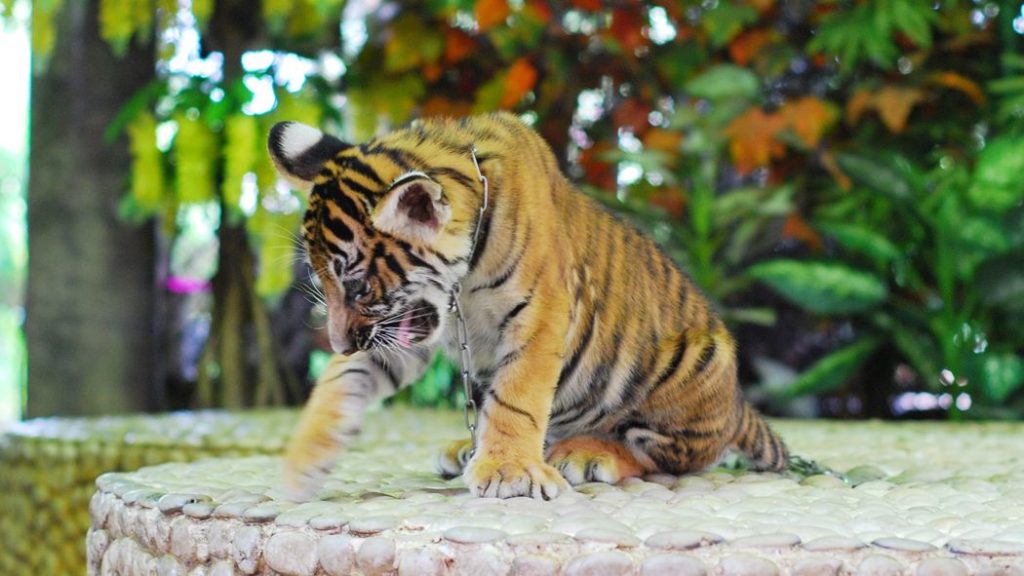With more than a quarter of the trillion dollar travel industry driven by people’s desire to see wildlife, animal welfare in tourism is an area of growing concern for travellers.
The major problem for the industry is that it has grown up bringing wildlife to the people instead of taking travellers to see animals in the wild, World Animal Protections head of campaigns Nicola Beynon told the TravelTech conference in Sydney recently.
“So you have got literally hundreds of thousands of animals that have been taken from the wild or bred in captivity to be used in shows, as photo props or to give rides to tourists,” she explained.
“It’s a significant conservation concern and a significant welfare problem – there’s a lot of cruelty involved.”
But the tide is turning, and travellers want things to improve.
According to WAP research, 82% of travellers would prefer to see animals in the wild while 85% said tour operators should steer clear of activities that cause harm to animals.
On top of that, 88% of Australians would prefer to do business with a travel company that has an animal welfare policy.
This is important progress, but there is still much work to be done.
Many of you will know of Thailand’s Tiger Temple which was raided earlier this year by Thai police who found 40 tiger cub corpses in a freezer with the remains of another 20 cubs stuffed into jars.
As a result, the popular tourism venue has been closed with investigations into its role in the illegal trade of wild animal parts still underway.
But this is just one of a number of venues.
The rise of social media is specifically a major issue for tigers with people desperate to take a selfie with the giant cats to share on their social media platforms.
“World Animal Protection is seeking to stigmatise the tiger selfie so people no longer think it’s cool to have a Tinder profile pic with a tiger,” Beynon said.
“The reason it’s not hot or cool is because it causes a lot of cruelty to tigers.”
Barren enclosures, the very early separation of cubs from their mothers are just some of the issues.
Elephant rides are also an area for concern, with elephants brutally trained, or “crushed”, to make them docile enough to work with tourists.
Then there are the lion walks, the kickboxing orangutans, the chimpanzee shows, the dolphinariums – the list goes on.
World Animal Protection’s own researchers have made extensive visits to animal tourism venues across Asia and found that the majority of venues sit at the lower end of the animal welfare scale.
“We want to work with tourists and with the industry to move venues up the spectrum,” Beynon said.
“We’re trying to transport the industry so we move from situations like venues to semi-wild situations.”
The travel industry as a major role to play with WAP is working closely with operators to achieve this, with more than 100 companies already signed up to its “Animal Friendly” program.
Agents too are being called on to review their animal welfare policies.



